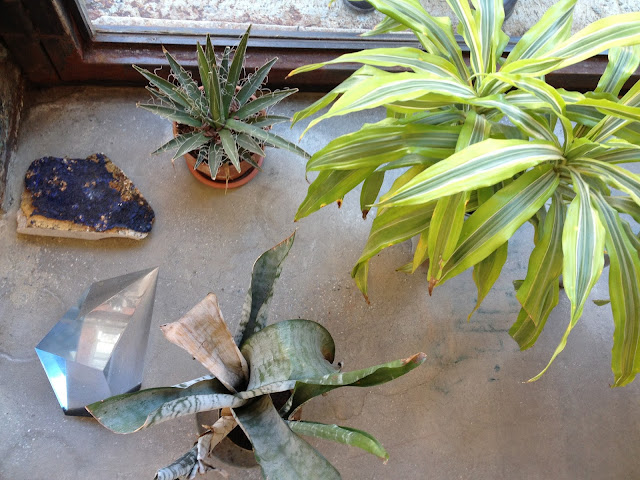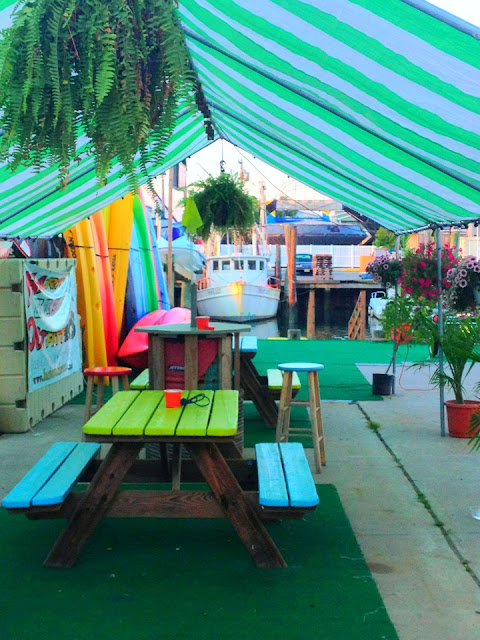Wednesday, August 28, 2013
4 Ways Slow Design Will Make The Super-Fast World We Live In Better
VIA FASTCODESIGN
1. EASE IT UP.
Slow used to mean inefficient. Now that technology has become less of a limiting factor, “slow” has taken on a more nuanced meaning. In certain contexts, such as virus-scanning software or medical diagnostics, slow is a reassuring signal for thoroughness and reliability, whereas faster-than-expected processing rates are signs of inaccuracy or lack of thoroughness.
2. CONTROL THE TEMPO.
If you manipulate workflow tempo through a product’s UI, it can make for a more emotionally satisfying user experience. That’s because it brings a human sensibility into a fast-paced, digital context.
3. EMBRACE THE GRIND.
Sometimes, people want to take the harder route and invest valuable “elbow grease” in the activities they care about. There’s something about home-brewed beer and long-marinated steak that feels special precisely because of the effort they require.
The classic Chemex pour-over coffeemaker, a longtime design piece in the MOMA has seen a recent resurgence in popularity among Millennials. Though the product requires more effort than a Keurig or Nespresso machine, it offers a coffee brewing experience that feels meditative and deeply authentic in its simplicity. The process is evocative, a reminder of the way people made coffee before Starbucks and instant K-Cups appeared.
4. DESIGN OBJECTS THAT APPRECIATE OVER TIME.
While most consumer products inevitably deteriorate with use, others actually become better. Cast-iron cookware is a great example because continued use seasons it and protects it from future rust. Similarly, new Birkenstock sandals look identical to every other off-the-shelf pair. But after months of wear, those sandals have literally molded to the unique contours of the owner’s feet. “Smart” devices of tomorrow might learn to do the same.
Tuesday, August 27, 2013
Saturday, August 24, 2013
Friday, August 23, 2013
Saturday, August 17, 2013
Subscribe to:
Comments (Atom)































































